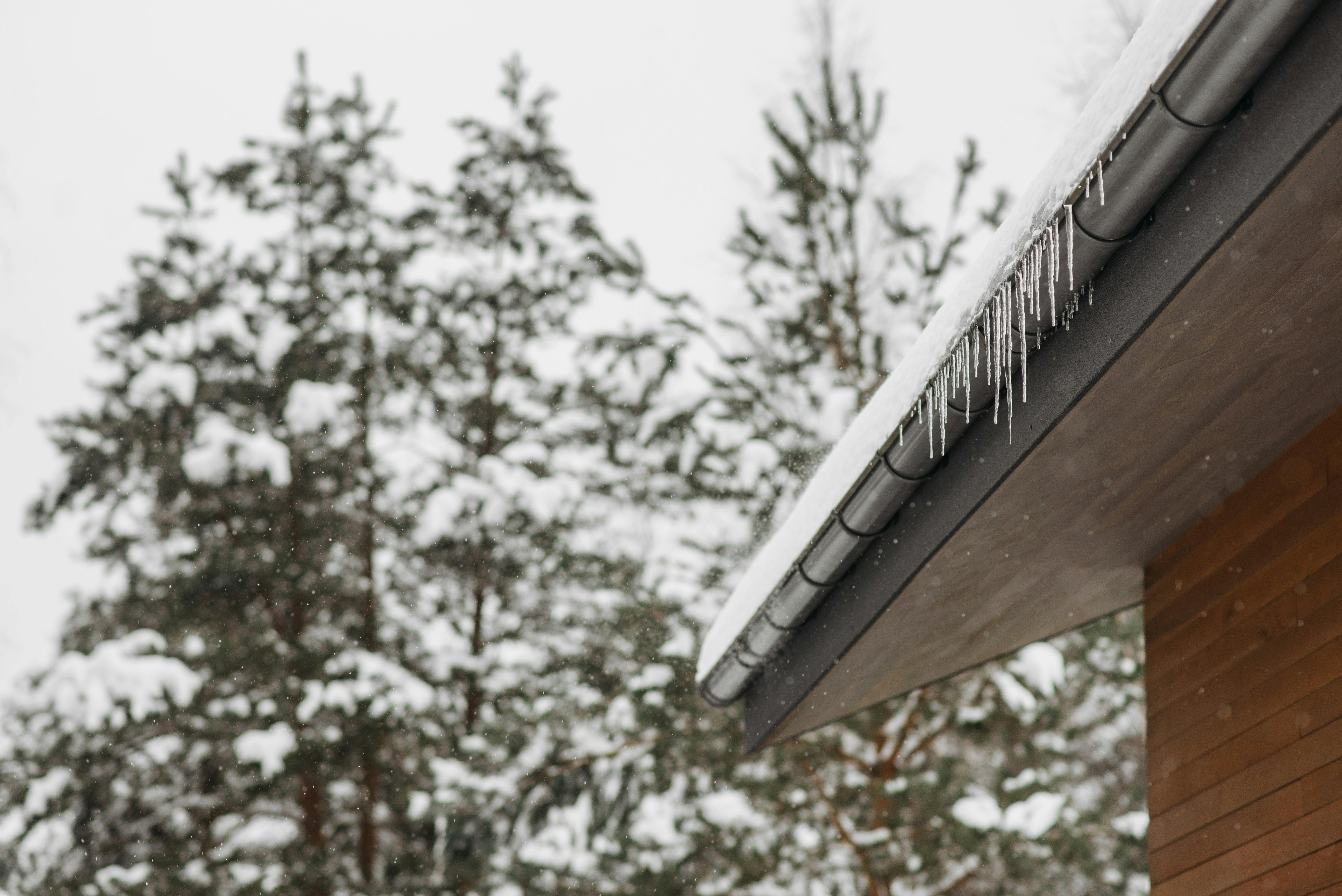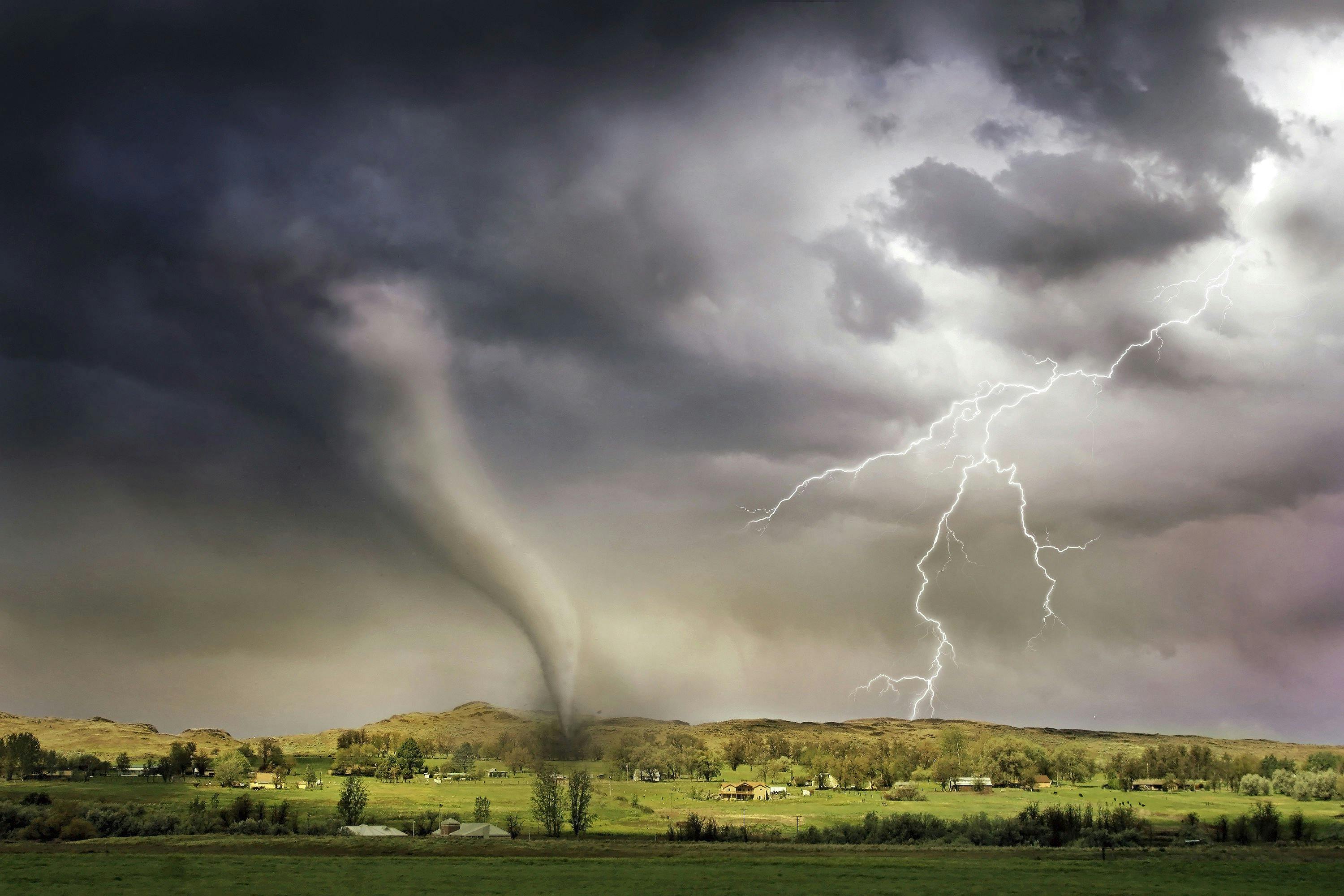Winter Storm Warnings in Five States: How to Stay Connected When the Weather Strikes
Learn how winter storms impact internet connectivity in Colorado, Kansas, Missouri, Oklahoma, and Texas. Discover tips to stay connected during severe weather

Winter Storm Warnings in Five States: How to Stay Connected When the Weather Strikes
Winter is here, and with it comes the first major storm warnings of the season. The National Weather Service has issued winter storm alerts for Colorado, Kansas, Missouri, Oklahoma, and Texas, signaling heavy snowfall, ice accumulation, and high winds.
While most of us prepare for icy roads and power outages, there’s another potential casualty of winter storms: your internet connection. Whether you’re working from home, streaming your favorite shows, or staying in touch with loved ones, understanding how severe weather can affect connectivity is crucial.
In this guide, we’ll explore how winter storms impact internet connections and what you can do to stay online during inclement weather.
How Winter Storms Impact Internet Connectivity
1. Physical Damage to Infrastructure
Heavy snow and ice can weigh down power lines and communication towers, causing outages. Even trees near utility lines pose a risk—branches can snap under the weight of snow, severing cables that carry internet signals. Urban areas with dense wiring networks may see slower restoration times due to the complexity of repairs.
2. Power Outages
Internet requires power at every stage, from your home router to the larger ISP hubs that manage regional traffic. Winter storms often cause widespread outages, leaving homes disconnected even if the ISP infrastructure remains intact.
3. Signal Interference for Wireless Services
Satellite internet users are especially vulnerable during storms. Snow on a satellite dish can block signals, and strong winds can misalign equipment, making it harder for users in rural areas to stay online. Fixed wireless services, which rely on line-of-sight connections, also face degradation due to snowfall or ice on antennas.
4. Increased Network Congestion
With people stuck indoors during storms, network traffic skyrockets. Streaming movies, gaming, and video calls increase bandwidth usage, often leading to slower speeds. ISPs may struggle to balance the load, especially in areas already at capacity.
Proactive Steps to Stay Online During Winter Storms
- Backup Power Solutions: Use a UPS or generator to power your router and modem during outages.
- Optimize Router Placement: Place your router centrally in your home to ensure better coverage.
- Download Content in Advance: Prepare for potential slowdowns by downloading work files and entertainment ahead of time.
- Reduce Bandwidth Usage: Disconnect unnecessary devices to ease congestion.
- Use Mobile Hotspots: Have a mobile data plan ready as a backup connection.
What ISPs Are Doing to Address the Issue
- Pre-Storm Inspections: Crews inspect and reinforce infrastructure before severe weather hits.
- Proactive Communication: ISPs provide real-time updates via apps and outage maps.
- Bandwidth Upgrades: Providers are expanding network capacity to handle increased demand.
- Standby Support Teams: Extra field technicians are deployed to expedite repairs.
Emergency Checklist for Winter Internet Readiness
- Back Up Files: Save critical work documents to cloud storage or external drives.
- Prepare Offline Activities: Keep books, board games, or downloaded work tools handy.
- Monitor ISP Updates: Sign up for text alerts or check your ISP’s outage map regularly.
- Have Emergency Numbers Ready: Keep ISP customer service contacts accessible.
Related Links
Conclusion
Winter storms are a fact of life, but they don’t have to leave you completely disconnected. By understanding how these storms impact internet infrastructure and taking proactive steps, you can minimize disruptions and stay connected when it matters most.
From securing backup power to clearing snow off your satellite dish, small actions can make a big difference. As five states brace for heavy snowfall and icy conditions, being prepared is key to weathering the storm—both physically and digitally.
Stay safe, stay connected, and don’t let winter keep you offline!




